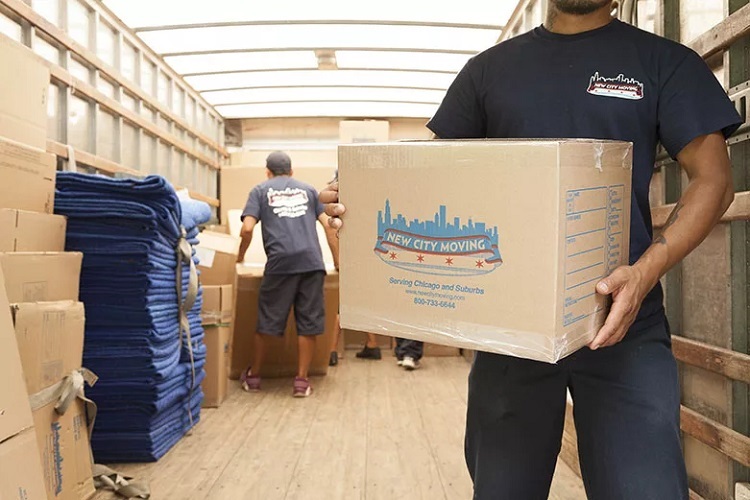Insurance in moving services is more than just an added feature; it’s a necessity. Moving involves many risks, such as potential damage to items and unforeseen delays. These issues can cause significant stress if not properly managed.
Insurance provides peace of mind. Knowing that your belongings are protected during the move can alleviate much of the anxiety associated with relocating. It also ensures that, in the worst-case scenario, you’re not left bearing the full brunt of the costs.
Choosing a moving service with solid insurance options shows that the company values its customers’ property and trust. This assurance can make a substantial difference in your moving experience.
Understanding the Role of Insurance in Moving Services
Insurance in moving services provides essential financial protection and peace of mind. It covers potential damage to personal property and safeguards against accidents during transit.
Risk Management for Personal Property
Moving valuable items can be stressful. Insurance for moving services mitigates this by covering potential damages or losses. Policies typically offer different levels of protection:
- Basic Coverage: Often included by movers, covers a limited amount per pound.
- Full-Value Protection: Replaces or repairs any damaged items.
- Third-Party Insurance: Additional coverage beyond what the moving company provides.
Choosing the right level of coverage helps ensure items are adequately protected, reducing stress and financial risk.
Liability and Protection Against Accidents
Accidents can occur during any move. Moving insurance generally includes liability protection that covers damage to property or injury to people. Types of liability include:
- Released Value Protection: Minimal coverage, typically included at no extra cost.
- Full Value Protection: Costs more but offers comprehensive coverage for all items.
This liability insurance not only protects belongings but also mitigates financial risks associated with potential accidents, creating a safer moving experience for all parties involved.
Selecting the Right Insurance for Your Move
Choosing the correct insurance for a move ensures that belongings are protected throughout the moving process. It involves understanding the available options, evaluating the value of items and associated costs, and knowing the claims process in case of damage or loss.
Types of Moving Insurance Options
Three main types of moving insurance exist. Released Value Protection is the most basic, covering only 60 cents per pound per item. Though it’s free, the coverage is minimal.
Full Value Protection is more comprehensive. The moving company is liable for the replacement value of lost or damaged items, though it costs more.
Third-Party Insurance allows purchasing additional coverage through an external insurer. This option might specialize in high-value items or offer more tailored protection. Research options thoroughly to find the best fit.
Assessing Value and Insurance Cost
When assessing the value of items, create an inventory list. Note the value of each item, which helps determine the necessary coverage.
Insurance costs vary based on coverage types and the overall value of belongings. Here are some tips to assess value and insurance cost effectively:
- Itemize and Evaluate: List all items being moved and their current market value.
- Compare Rates: Contact multiple insurance providers to get quotes.
- Check Deductibles: Understand any deductibles involved in the insurance plan.
Understanding the cost-benefit ratio of different insurance plans ensures that peace of mind accompanies the move.
Claims Process and Reimbursement
Knowing the claims process is crucial in case anything goes awry. Claim procedures might differ depending on the insurance provider.
- Immediate Notification: Report any damage or loss to the moving company immediately.
- Documentation: Take photos and keep receipts as evidence of damage.
- Claim Form: Fill out the required claim form provided by the insurer.
Timely and accurately filing claims enhances the chances of successful reimbursement. Be aware of deadlines and any specific requirements to avoid delays or denials.

